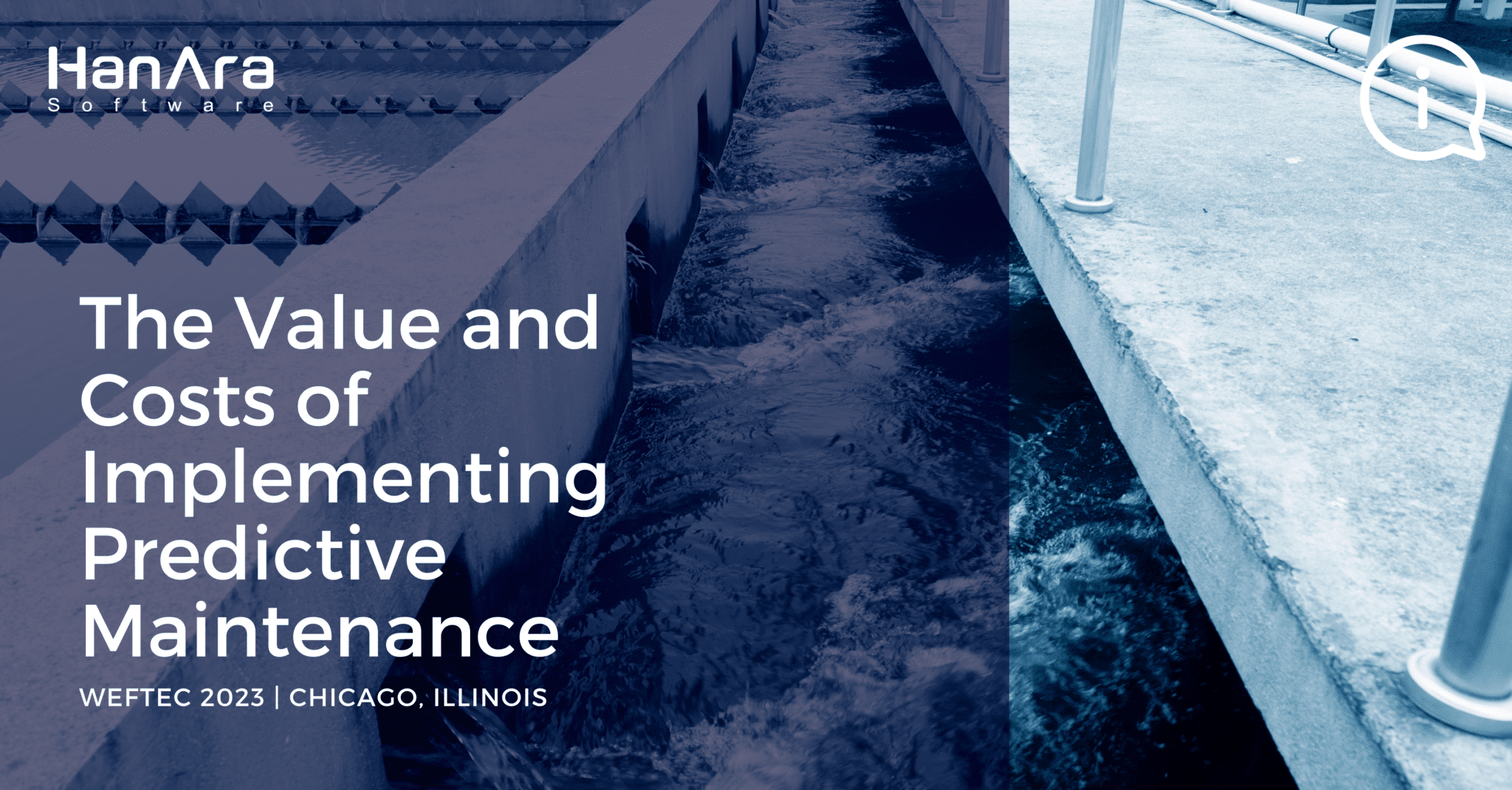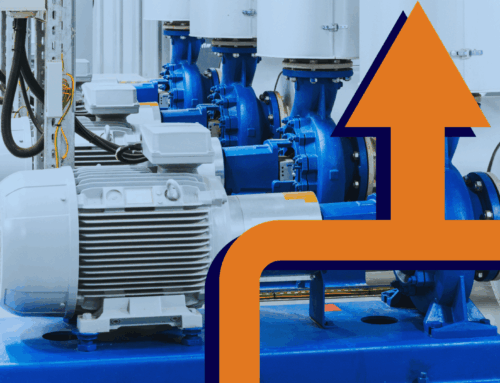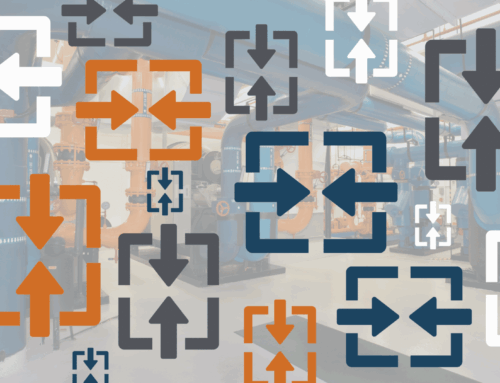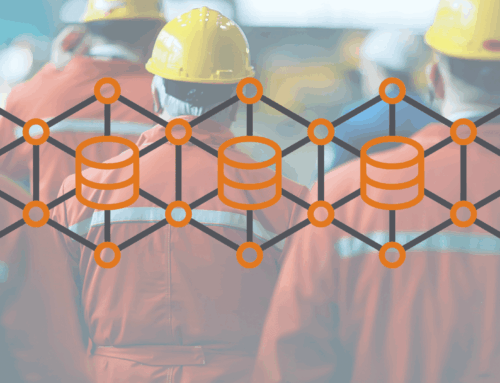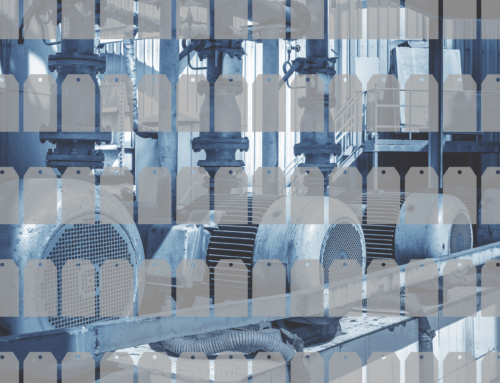This past week, we attended WEFTEC 2023 and had the opportunity to present our predictive maintenance project with CDM Smith. During the presentation, we discussed the value predictive analytics provides, the case story of a predictive analytics project, and the lessons learned.
Organizations are constantly seeking ways to reduce costs and improve efficiency, including using technology like predictive analytics to help. One area where organizations can achieve significant cost savings through predictive analytics is plant maintenance. Plant maintenance is crucial to ensuring the smooth operation of equipment and the organization’s overall productivity. So, let’s explore the value and costs associated with implementing a predictive analytics solution for predictive maintenance.
Maintenance Strategy: A Foundation for Cost Reduction
A maintenance strategy is the cornerstone of effective plant maintenance cost reduction. An organization’s maintenance strategy should include various maintenance types, including corrective, preventative, and predictive maintenance. The key is to strike the right balance among these maintenance types to ensure optimal equipment reliability and efficiency.
Predictive maintenance has gained prominence recently, thanks to technological advances and Industry 4.0. This approach aims to prevent equipment failures by using tools such as vibration analysis, oil analysis, ultrasonic detection, and machine learning algorithms to proactively predict and address maintenance needs. The Department of Energy (DOE) has noted that adding predictive maintenance to a plant maintenance strategy can result in significant savings, ranging from 8% to 12%. When deciding whether to invest in a predictive analytics solution, organizations should compare the cost of the software to these potential savings.
Evaluating Your Maintenance Strategy
To evaluate your maintenance strategy effectively, you must rely on data. Use historical data and benchmarks based on past operations to create metrics related to goals versus actuals. Your finance department can be a valuable resource in this process. Maintaining and reducing maintenance costs is a continuous effort rather than a one-time initiative.
Time is not a good predictor of failure: Traditional maintenance approaches often rely on scheduled time-based maintenance, but studies have shown that only 11% of equipment failures are time-based. Predictive maintenance is more effective at detecting impending failures earlier in the P-F (potential-functional failure) curve.
The time to repair the roof is when the sun is shining: Predictive maintenance improves equipment reliability by predicting failures, saving money, and enhancing safety. However, effective implementation requires data availability, trustworthiness, real-time monitoring, staff readiness, and understanding of the equipment’s failure costs.
When implementing a predictive maintenance tool, organizations must carefully evaluate the benefits and costs of these tools. A clear understanding of the total cost of ownership (TCO) from the outset is essential for successful implementation and value realization. While a predictive maintenance tool is an investment, an organization often recovers costs through reduced downtime, overtime, and labor costs associated with equipment failures. The return on investment makes predictive maintenance a cost-effective strategy.
Maintenance Considerations
Organization Responsibility: It’s essential to recognize that equipment maintenance is a responsibility that extends across the entire organization. Maintenance improvements can directly affect production, product quality, and overall safety. Therefore, organizations should engage in open discussions to ensure everyone understands the trade-offs and implications of improved maintenance practices.
Production Impact: Consider how maintenance cost reductions may change production and quality. Supplying a stable and high-quality output is essential when reducing costs. Therefore, organizations should also have a process to scale cost savings across the plant and enterprise, avoiding safety cuts.
Long-Term Planning: Considering the long-term implications of maintenance cost reductions is crucial. What does this mean for future years? Sometimes, investing in tools such as asset performance management (APM), asset investment planning (AIP), and enterprise asset management (EAM) is necessary to improve operations and maintenance.
Predictive Maintenance Tool Costs
Costs related to predictive analytics are not limited to the software price alone. Upfront costs may include software pricing, hardware and hosting requirements, communication protocols, and data migration. Implementation and engineering costs may also be necessary, even though many aspects of the implementation process are automated.
Services and ongoing costs are a significant part of the TCO, often including maintenance and support (M&S) expenses. It’s vital to understand the level of support provided by the solution provider, response times, and included patches and updates. Failure to maintain an active M&S can lead to added costs.
Training and continued resources, such as user training and ongoing maintenance, should not be overlooked. Organizations need to assess the solution’s ease of use and the training provided by the solution provider. Understanding the resource requirements for ongoing upkeep is crucial for accurate TCO calculations.
Predictive Analytics: In-House vs. Purchased
Another decision that affects the overall costs is whether to create a solution in-house or buy a solution. The decision to develop a predictive maintenance tool in-house or buy an existing solution is not one-size-fits-all. It depends on many factors specific to each organization. Before making this decision, it’s critical to address specific questions and define the scope of your project.
Consideration 1: Magnitude
Not every problem requires a custom-built solution. Leveraging existing software or developing simple solutions in-house might be sufficient for smaller-scale needs. However, for larger and more complex projects, it may be more efficient to consider software providers who specialize in the domain.
Additionally, involving software providers during the discovery phase can offer insights and ability without an immediate purchase commitment. They can help tailor solutions to your needs.
Consideration 2: Audience
Consider the intended audience for your software. If it is meant solely for internal use, you may have more flexibility in designing the user interface in-house. However, investing in a well-designed package may be necessary for external-facing solutions to create a positive impression.
Collaborating with a software provider can help balance functionality and aesthetics in your software.
Consideration 3: Resources
Evaluate whether your organization has the internal resources needed for in-house development. If not, hiring more staff may be necessary. Additionally, consider the opportunity costs of diverting internal resources to development and weigh them against the budget for purchasing external solutions.
If you have the budget and internal resources, assessing whether your team can manage the development and ongoing maintenance is essential.
Consideration 4: Time
Time is a crucial factor in the decision-making process. Unfortunately, in-house development can be time-consuming and may involve unexpected delays due to bugs and other issues. Organizations should consider the development time, testing, maintenance, and future upgrades.
Purchasing software also requires time for setup, training, and ongoing maintenance. Organizations should fully understand the time and resource commitments involved in both options.
Consideration 5: Customization
In-house development offers the advantage of tailoring the software to your organization’s needs. If existing software does not adequately address your requirements, this may be a compelling reason to develop in-house.
However, organizations should seek providers willing to accommodate customization requests when buying software. Many providers are open to improving their software based on customer feedback, effectively serving as a built-in research and development team.
Next Steps
Implementing predictive maintenance is a strategic investment that can lead to significant cost savings and efficiency improvements in asset-intensive industries. Deciding to repair or replace equipment wisely with a well-balanced maintenance strategy sets the foundation for effective maintenance cost reduction.
Evaluating the total cost of ownership (TCO) of predictive analytics is essential to make informed financial decisions. Predictive maintenance offers substantial advantages in early failure detection and cost savings, but organizations must invest in educating their teams to maximize the benefits.
In the ever-evolving industrial landscape, predictive maintenance is a valuable tool for improving efficiency and achieving operational excellence. With the right strategy and the right solutions in place, organizations can significantly reduce maintenance costs while enhancing productivity and safety. Reach out to learn more!
